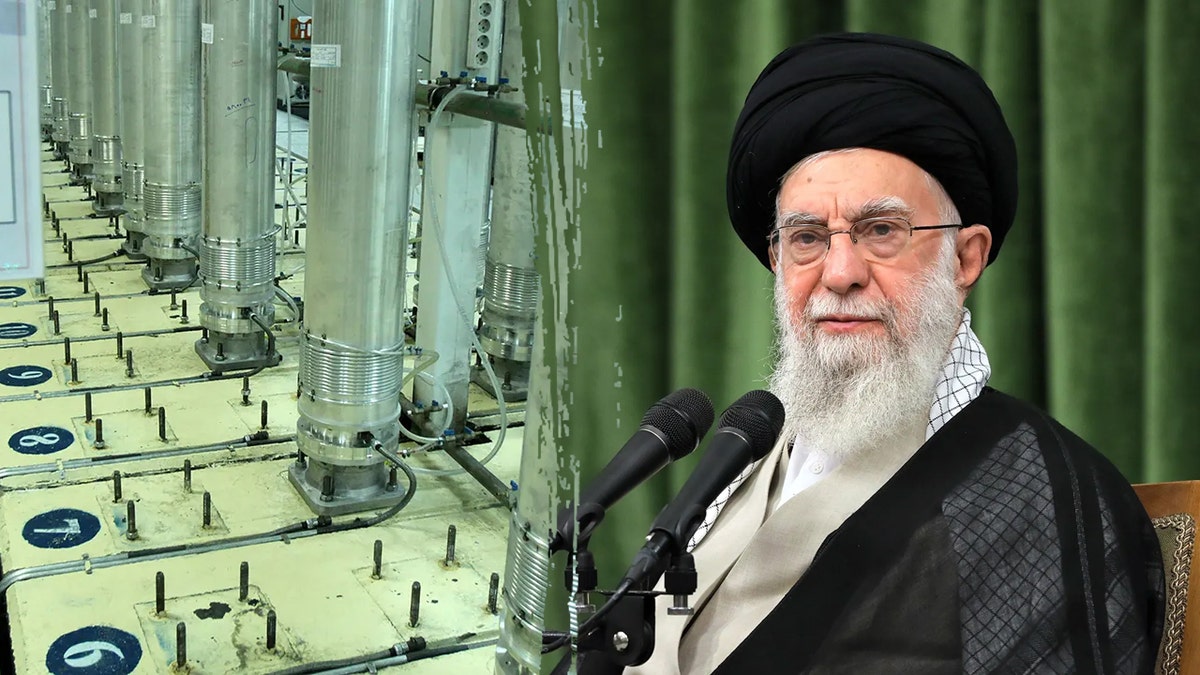4 days ago · International observers have urged restraint in jumping to conclusions. The International Atomic Energy Agency (IAEA), the United Nations' nuclear watchdog, has confirmed that the damage to Iran ’ s nuclear infrastructure is “very significant,” especially at Natanz and Esfahan. This deep dive uncovers the layered internal and external problems facing Iran today, from authoritarian rule to global destabilization efforts. Authoritarian Theocracy: Supreme Leader Khamenei holds unchecked power above any elected official. Concerns about striking the program generally fell into three categories: (1) that a military strike could delay and disrupt—but not eliminate— Iran’s ability to develop a nuclear weapon; (2) that Tehran would retaliate harshly, including with its ballistic missile arsenal and international terrorist networks; and (3) that a strike could. Fast forward to today, and Iran’s pursuit of nuclear power has become one of the greatest geopolitical crises of the 21st century. How did decades of diplomacy unravel into sanctions, threats , and fears of nuclear war? Let’s break down the history, politics, and physics of Iran’s nuclear timeline. Iran has spent decades building its nuclear program. It has enriched uranium — to generate energy, it said — but not yet enough to make bombs. Still, Israel’s prime minister, Benjamin. And Israeli airstrikes on Iran’s nuclear sites have pushed the world closer to another major conflict—and brought a technical topic into the global spotlight: uranium enrichment . But what is enriched uranium, and why is it so important? 3 days ago · Iran has steadily increased its uranium enrichment to levels that, according to the IAEA, are alarmingly close to weapons-grade. It continues to restrict international inspections, while regional tensions rise to a boiling point—from Israeli strikes on Iranian proxies in Syria, to Houthi missile threats in the Red Sea. Attaining a nuclear weapon would have required significant resources and jeopardized the future of the Islamic Republic. Additionally, the program faced exposure risks, as it had been penetrated by Iran’s enemies and there was a constant threat of opposition actors or Western and Israeli intelligence catching Iran before completing a bomb. Iran ’ s nuclear program sits at the intersection of domestic legitimacy, regional power dynamics, and global non-proliferation norms. While some view nuclear armament as a strategic necessity in an increasingly volatile world, others argue that it contradicts Iran’s historical, ethical, and cultural principles. For decades, Iran ’ s nuclear program has been a source of tension and distrust between the country itself and the West, particularly the United States.
Did Iran Just Launch a Devastating Cyberattack on Israel?
Israel Strikes in Syria: What the Future Holds
Iran Israel War: This Is Bigger Than You Think
